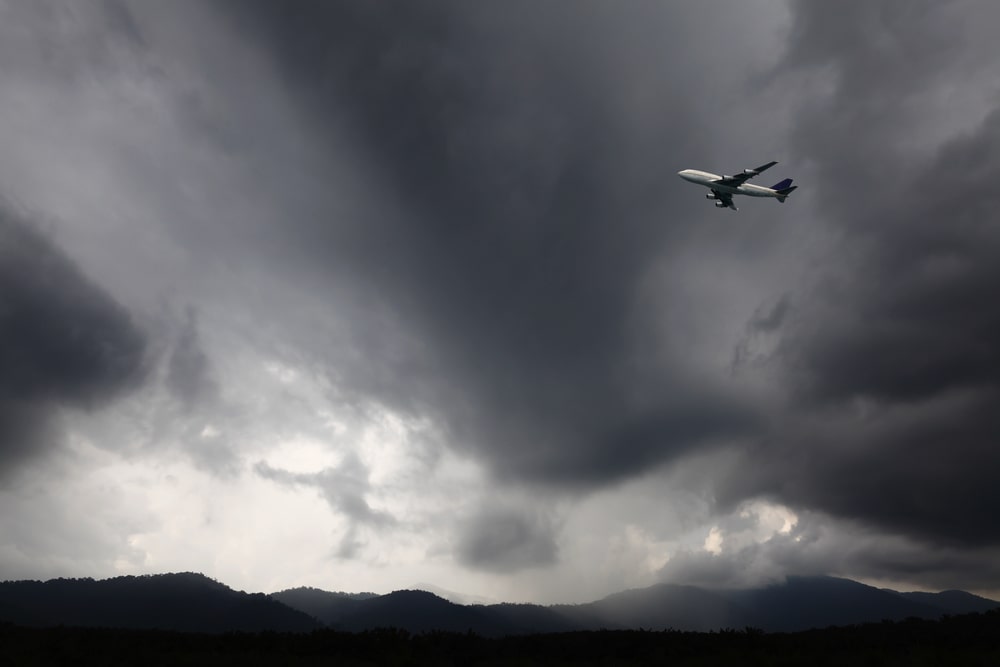
The aviation industry is dealing with a series of challenges that are conspiring to create a general sense of uncertainty for the sector according to a new report by ING.
Firstly, the complex aviation supply chain is experiencing difficulty in keeping up with demand. Due to its complexity, the supply chain only involves highly specialised certified players. Therefore, this means that there is little diversification across the supply chain, with a potential for bottlenecks to develop.
On top of this, many supply partners scaled back production massively during the pandemic from 2020 to 2021, creating a so-called “bull-whip effect”, the report says, which has accelerated a downturn across the supply chain.
In addition, there is a shortage of highly skilled personnel, with many individuals leaving the industry or taking early retirement during the pandemic. This is impacting the production of key parts such as the engine and other components like seats with digital devices requiring longer lead-times in production.
Yet, with demand resurfacing post-pandemic, it has been difficult for engine makers such as CFM (GE/Safran), Pratt & Whitney and Rolls-Royce, who are all struggling to cope with demand.
Geopolitical tensions changed the map of airlines with flights to Russia from West suspended and flights to Israel and Iran also impacted.
One-fifth of Europe’s effectively closed, extending flight durations between Asia and Europe by up to four hours between Amsterdam and Tokyo.
This has created a large concentration of air traffic within less routes. In Europe, the number of direct and indirect destinations at airports, ended up 13% higher in 2024, but is still lagging behind the 2019 figure, ING say.
There is a concern that these diversions are leading to longer miles and higher emissions.
Despite these issues, air ticket prices in Europe are still outpacing inflation by 15% in early 2024.

Related Articles
Aviation
Aviation
Aviation